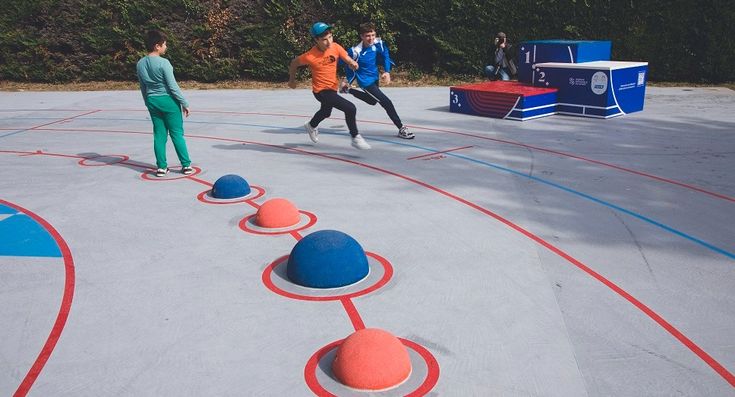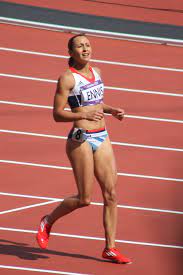Introduction:
Tom Daley, born on 21 May 1994, is an accomplished British diver and a true inspiration for athletes around the world. Born in Plymouth, England, Daley began diving when he was just seven years old. Over the years, he has demonstrated immense dedication, hard work, and resilience while overcoming many hurdles and challenging personal circumstances. This article explores the extraordinary journey of Tom Daley and highlights the reasons why he’s such an incredible role model for aspiring athletes.
Early Achievements:
At a young age, Tom Daley showed an extraordinary talent for diving. By the time he was 10-years-old, he had already claimed three national titles in the Junior Diving Championships. In 2007, when Tom was only 12 years old, he became the youngest winner of a senior European championship title. The future looked bright for this young swimmer as his career soared to new heights.
Overcoming Challenges:
Just like any athlete’s journey, Tom Daley’s path has been marked by a number of obstacles that he had to face head-on. His father’s battle with brain cancer took a significant toll on him psychologically and emotionally during his formative years as an athlete. It was through sheer willpower and perseverance that Tom maintained his focus on achieving greatness even amidst such challenging times.
Coming Out and Advocating for LGBTQ+ Rights:
In December 2013, Tom publicly came out in a heartfelt YouTube video revealing his relationship with screenwriter Dustin Lance Black. By embracing his authentic self unapologetically, Daley became a powerful inspiration for countless LGBTQ+ individuals around the world – encouraging them to love themselves unconditionally.
Olympic Success:
Throughout his illustrious career, Tom has participated in three Olympic Games – Beijing 2008, London 2012, and Rio de Janeiro 2016 – earning various accolades, including bronze medals in 2012 and 2016. At the Tokyo 2020 Olympics, Daley finally achieved his lifelong dream: a gold medal in the 10m synchronized platform diving event alongside his diving partner Matty Lee.
Philanthropy and Mental Health Advocacy:
Beyond being an exceptional athlete, Tom wears many other hats. He is a dedicated advocate for mental health awareness, and he uses his platform to talk openly about the importance of seeking help when needed. He also supports numerous charitable causes, including the Brain Tumour Charity and the Switchboard LGBTQ+ Helpline.
Conclusion:
Tom Daley’s journey as a world-class athlete has not been without its fair share of trials and tribulations. However, his undeniable talent, unwavering determination, and infectious positivity have turned him into one of the most inspiring figures in modern sports.
From breaking records to making waves as an advocate for mental health awareness and LGBTQ+ rights, Tom Daley’s legacy transcends that of just sport. He is more than a remarkable athlete; he is an inspirational individual who challenges societal norms and proves that adversity can pave the way for greatness.











